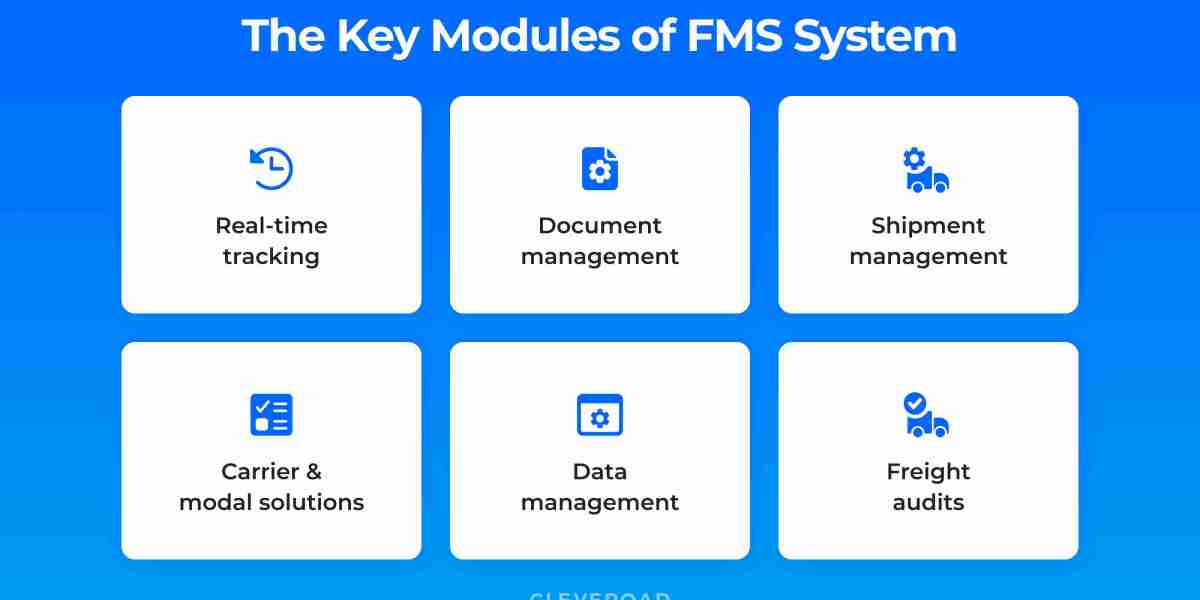In today's fast-paced business world, data has become one of the most valuable assets for decision-makers. Real-time data analysis and create a custom reports are essential tools that empower businesses to stay ahead of the curve. Understanding trends as they happen allows companies to make informed decisions, improve efficiency, and gain a competitive edge. Whether you run a local small business or a large corporation, embracing these tools is vital for sustained growth and customer satisfaction.
In this blog post, we will dive deep into the challenges of real-time data analysis and custom reporting. By exploring various obstacles businesses face, we will provide practical implementation tips, backed by real-world examples. Our focus will be on creating actionable insights that can directly benefit local businesses, helping them thrive in a dynamic environment.
1. Data Overload
One of the first challenges companies face when dealing with real-time data analysis is the sheer volume of information. In today’s world, businesses are bombarded with data from numerous sources such as customer interactions, sales transactions, website traffic, and social media engagement. Without a proper filtering mechanism, it can quickly become overwhelming.
Practical Implementation Tips: To manage data overload, implement a robust data filtering system. Use tools like Google Analytics or custom dashboards that prioritize essential data based on key performance indicators (KPIs). Setting up automated alerts for important metrics will also help keep your team focused.
Real-World Example: A local restaurant that uses real-time data to track table turnover rates, online reviews, and customer feedback in real-time might find it overwhelming at first. However, by using a dashboard that consolidates these metrics, the restaurant can make adjustments like improving service speed or addressing negative reviews promptly.
2. Data Integration Challenges
Many businesses struggle to integrate data from different systems, especially if they use multiple platforms. This is particularly a challenge for businesses that rely on third-party tools for marketing, sales, inventory management, and more. Disparate systems can create silos, leading to data inconsistency and making it harder to gain a cohesive understanding.
Practical Implementation Tips: To overcome integration issues, opt for tools that provide seamless integration options. APIs (Application Programming Interfaces) are helpful for connecting different platforms. Consider using a data integration platform like Zapier or Integromat to automate workflows and centralize information.
Real-World Example: A small boutique shop that uses separate systems for point-of-sale (POS), customer relationship management (CRM), and inventory management can benefit from integrating these tools into one centralized system. This integration ensures that sales data is immediately updated across all platforms, allowing the boutique to make informed decisions about inventory restocking and promotions.
3. Data Accuracy and Quality
Data quality is another critical challenge when analyzing real-time data. Inaccurate, incomplete, or outdated data can lead to poor decision-making and inefficiencies. Whether it's wrong customer information, missed transactions, or incorrect product details, inaccurate data is a serious hurdle for real-time analysis.
Practical Implementation Tips: To ensure data accuracy, establish a regular data cleaning schedule. Implement validation checks that ensure data meets predefined quality standards. You can also leverage machine learning tools that detect anomalies in the data and flag them for further investigation.
Real-World Example: Consider a local online retailer who relies on customer data to recommend products. If their data is inaccurate, customers may receive irrelevant recommendations, leading to frustration and lost sales. By cleaning and validating the customer data regularly, the retailer can enhance customer experience and sales conversion rates.
4. Real-Time Processing Speed
Another challenge businesses face is ensuring that their systems can handle real-time data processing at high speeds. As businesses scale, they need the infrastructure to process and analyze vast amounts of data instantaneously. Slow processing times can result in missed opportunities or delayed responses to customer needs.
Practical Implementation Tips: Invest in scalable cloud platforms such as Amazon Web Services (AWS) or Google Cloud, which offer high-speed data processing capabilities. Additionally, consider using edge computing to process data closer to the source, reducing latency.
Real-World Example: A local grocery store that uses a real-time inventory tracking system may face delays if their system cannot handle spikes in data from online orders during a promotion. By upgrading to a cloud-based system that scales with demand, the store can maintain high-speed processing and avoid inventory discrepancies during busy periods.
5. Data Privacy and Security
With increasing concerns about data privacy, businesses must navigate the complexities of real-time data analysis while ensuring that they adhere to privacy laws like GDPR or CCPA. Failing to protect customer information can lead to severe reputational damage and legal consequences.
Practical Implementation Tips: Implement encryption protocols for sensitive data and ensure that all data access is tightly controlled. Conduct regular security audits and invest in robust cybersecurity tools. Educate employees about data privacy best practices to minimize human error.
Real-World Example: A local healthcare provider that collects patient data for real-time analysis must ensure that all information is encrypted and securely stored. This prevents breaches and maintains compliance with healthcare regulations, fostering trust with patients.
6. Decision-Making with Complex Data
Even with the best data analysis tools, businesses often struggle with converting complex datasets into actionable insights. The ability to make decisions quickly based on real-time information is paramount, but interpreting complex data without the right context can lead to confusion.
Practical Implementation Tips: Use data visualization tools like Power BI or Tableau that present information in an easy-to-understand format. Train decision-makers to interpret data trends quickly and empower them to act based on insights. Use AI-powered tools that recommend actions based on data patterns.
Real-World Example: A local gym that analyzes member attendance, class preferences, and social media engagement in real-time may struggle to make sense of all the data. By using visualization tools, the gym can easily see peak attendance times, popular classes, and member preferences, helping them optimize scheduling and marketing strategies.
7. Cost of Implementation
For small businesses, the initial investment in real-time data analysis tools and custom reporting solutions can be a significant concern. Licensing fees, training costs, and the technical infrastructure required can strain budgets.
Practical Implementation Tips: Opt for affordable or open-source data analysis tools if you're on a budget. Platforms like Google Data Studio or Microsoft Power BI offer free versions that can still provide valuable insights. Additionally, look for cloud-based solutions that minimize upfront hardware costs.
Real-World Example: A local coffee shop might hesitate to invest in advanced data analytics tools. However, by starting small with free or affordable tools, the shop can track customer preferences and adjust their menu offerings without a significant upfront cost.
8. Staff Training and Expertise
A key barrier to successful real-time data analysis is the lack of skilled personnel to interpret and act on the data. Even if businesses have the right tools, they still need staff with the technical expertise to make the most of the data.
Practical Implementation Tips: Invest in training programs for your staff to become proficient in data analysis tools. Encourage cross-departmental collaboration so that insights can be shared and applied across different business functions.
Real-World Example: A local non-profit that is adopting data-driven strategies for its fundraising campaigns may initially struggle without a data analyst. By offering training programs for their marketing team, they can ensure that everyone is equipped to use the tools effectively.
9. Scalability Concerns
As businesses grow, they need their data analysis systems to scale accordingly. Many small businesses face scalability challenges as they expand, leading to performance issues and difficulty in handling more data.
Practical Implementation Tips: Choose scalable cloud platforms and software that grow with your business. Keep an eye on your data storage needs and ensure that your systems can handle increased data volume without compromising performance.
Real-World Example: A local retail store that begins with a single location but eventually expands to several needs to ensure that their data analysis tools can handle the increased traffic, inventory, and customer interactions. Scalable cloud solutions allow them to seamlessly grow their operations.
10. Maintaining Accuracy in Reporting
Custom reports are a great way to generate specific insights, but businesses often struggle to ensure that these reports are accurate, especially when dealing with multiple data sources. Inaccurate reports can lead to misguided strategies and missed opportunities.
Practical Implementation Tips: Establish a reporting framework that ensures consistency and accuracy. Set up automated report generation systems that pull data from integrated sources, reducing the risk of manual errors. Use version control to track changes to reports over time.
Real-World Example: A local fashion store may rely on custom reports to track sales and inventory levels. By automating the report generation and integrating their POS and inventory systems, the store ensures that the reports reflect real-time data and help guide inventory decisions.
Conclusion
In the modern business landscape, real-time data analysis and custom reporting are essential for maintaining competitiveness and fostering growth. While there are numerous challenges involved—ranging from data overload to scalability concerns—implementing the right strategies can help businesses overcome these hurdles. For local businesses in particular, embracing these tools not only provides valuable insights but also strengthens community connections by responding to customer needs in real time.
As we continue to embrace data-driven strategies, what steps will you take to harness the full potential of real-time data for your business? What challenges do you think you'll encounter, and how can you prepare for them?








